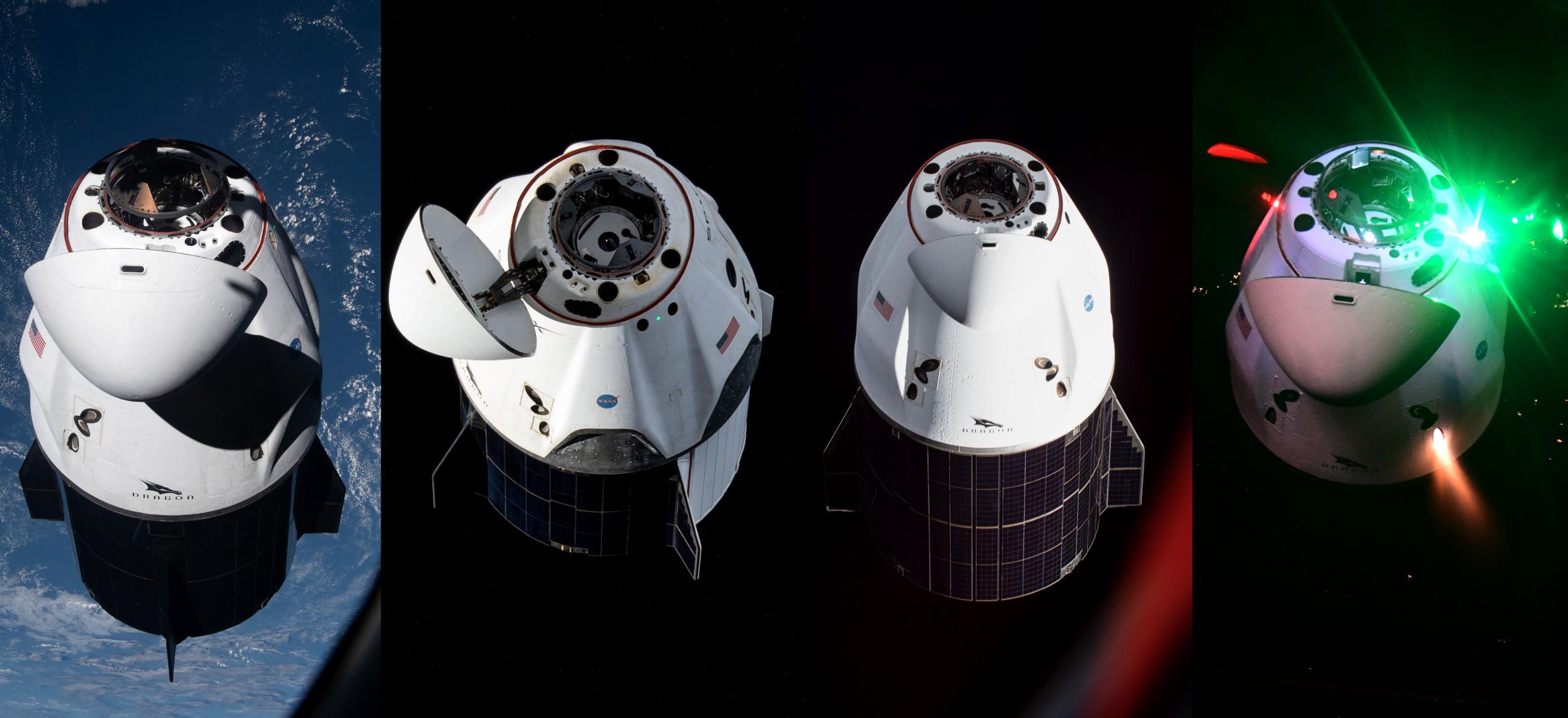
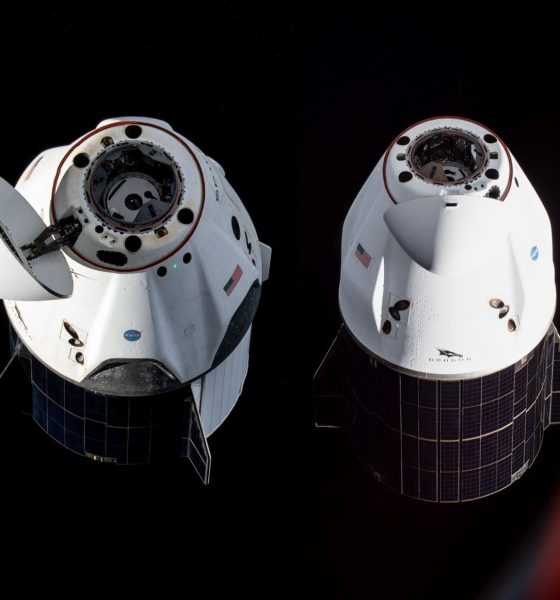
News
SpaceX to nearly double fleet of reusable Dragon spacecraft by end of 2022
Comments from NASA and SpaceX officials during a briefing ahead of Crew Dragon’s third operational astronaut launch have offered a more detailed picture of the fleet of reusable Dragon spacecraft the company plans to build and cycle to support NASA missions.
As part of the briefing, SpaceX Director of Dragon Mission Management Sarah Walker revealed that NASA’s imminent Crew-3 mission will debut a new Crew Dragon capsule (likely C210), which will be carried into space on top of once-flown Falcon 9 booster B1067. B1067 debuted on June 3rd, 2021, sending SpaceX’s second upgraded Cargo Dragon spacecraft on its way to the International Space Station (ISS) before returning to Earth and sticking a landing on drone ship Of Course I Still Love You. While far from breaking SpaceX’s own turnaround records, B1067’s Crew-3 launch will be the second time NASA has flown astronauts on a flight-proven commercial rocket.
SpaceX flew NASA astronauts on a flight-proven booster (Falcon 9 B1062) for the first time in April 2021 as part of Crew-2 – Dragon’s second operational crew launch and first crew ‘rotation.’ Crew-2’s Crew Dragon was also flight-proven, having supported SpaceX’s inaugural Demo-2 astronaut launch in mid-2020 – perhaps an even more impressive feat.
Five months later, SpaceX launched the world’s first all-private group of astronauts as part of a primarily philanthropic mission known as Inspiration4. Once again, a flight-proven booster launched an orbit-proven Crew Dragon capsule carrying four astronauts, pushing human-rated reusability even further with the first use of a twice-flown Falcon 9 on a crewed mission.
Crew-3 will thus continue the brand new trend of launching professional NASA and international astronauts on flight-proven SpaceX rockets. Scheduled to lift off no earlier than 2:43 am EDT (06:43 UTC) on Saturday, October 30th, a successful launch will mean that SpaceX has launched more crewed Dragons on flight-proven Falcon 9s than on new boosters – and despite the fact that the company completed its first astronaut launch ever less than a year and a half ago.
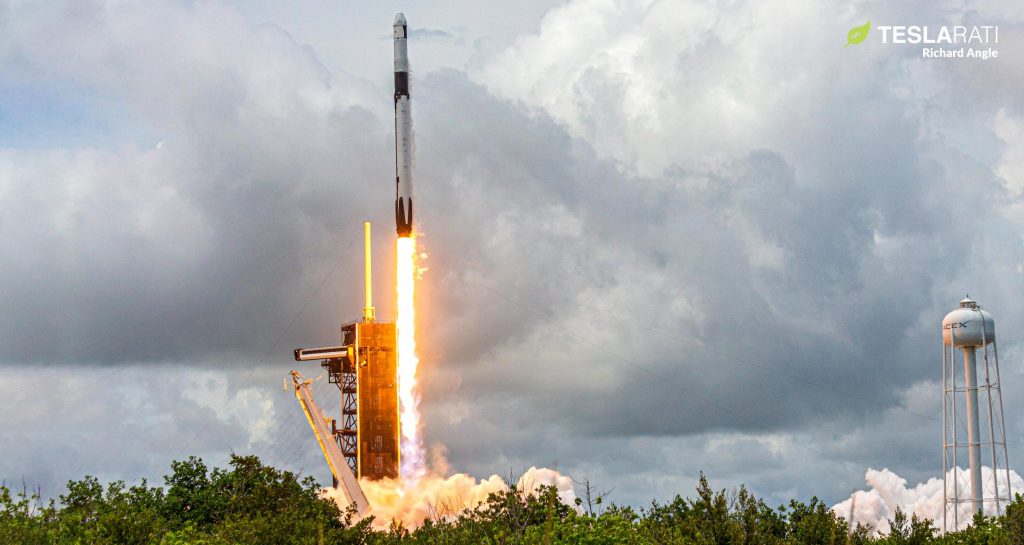
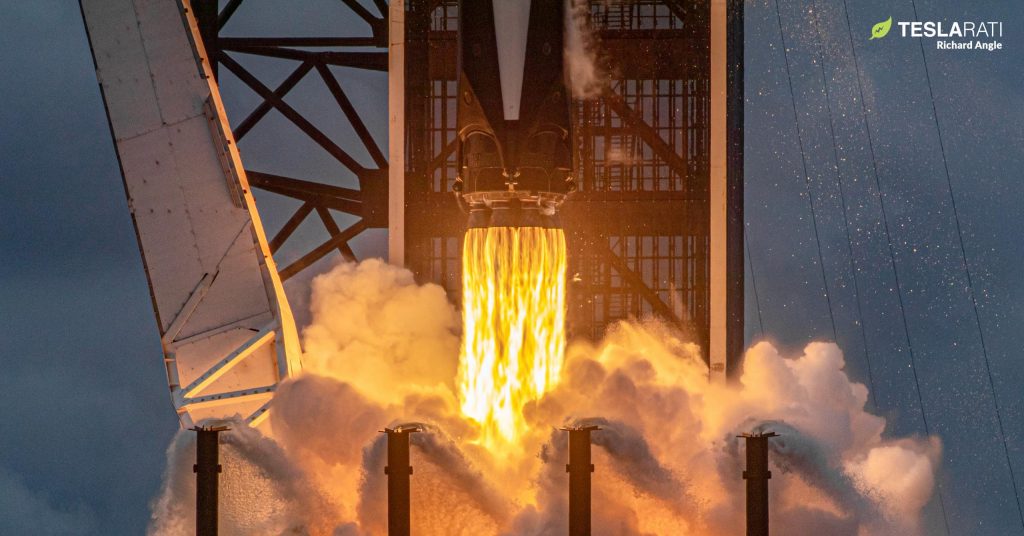
While Crew-3 won’t be the third crewed launch of a flight-proven Dragon, it will still play the important role of debuting a new vehicle as SpaceX works to assemble a fleet of reusable, orbital spacecraft. The spacecraft – likely Dragon 2 Capsule #10 (C210) – will be the third Crew Dragon to join SpaceX’s fleet of two operational crew capsules, which currently includes C206 (Endeavor) and C207 (Resilience). SpaceX’s Walker further confirmed that Crew-4 – recently scheduled to launch NET April 2022 – will also debut a new Crew Dragon capsule, growing the company’s crew capsule fleet to four vehicles by mid-2022.
Each certified to fly at least five NASA missions apiece, those four spacecraft should be enough to sate at least a few years of SpaceX’s near-term Crew Dragon launch demand. If an extended certification beyond five flights is impossible or if the company continues to fly public and private astronauts on Dragon well into the mid to late 2020s, however, it’s possible that several more capsules will be needed. But in theory, if Boeing’s Starliner finally reaches operational readiness in 2023 and NASA continues to operate the ISS to 2030 and beyond, SpaceX will only be tasked with supporting one NASA Crew Dragon launch annually by 2023.
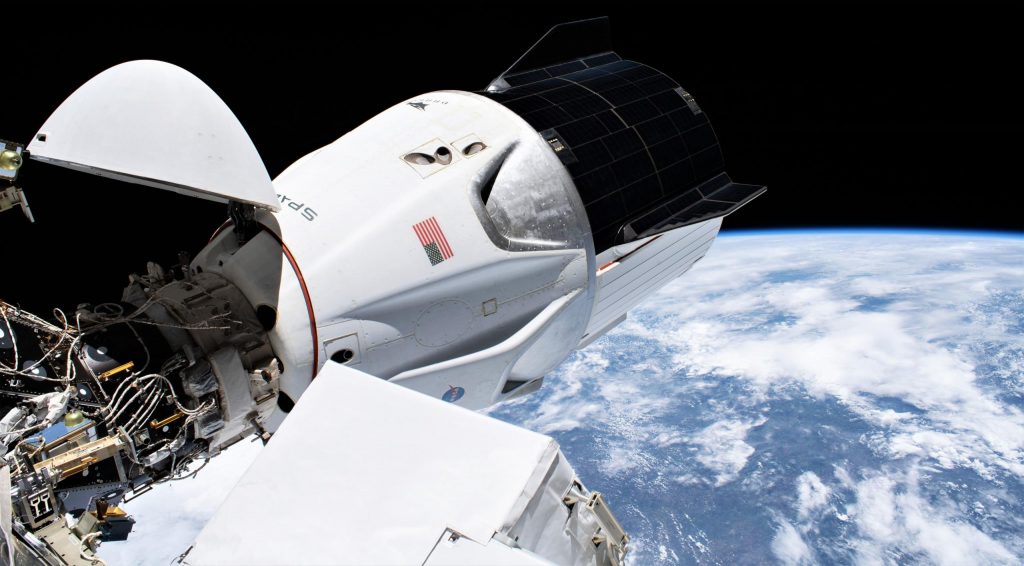
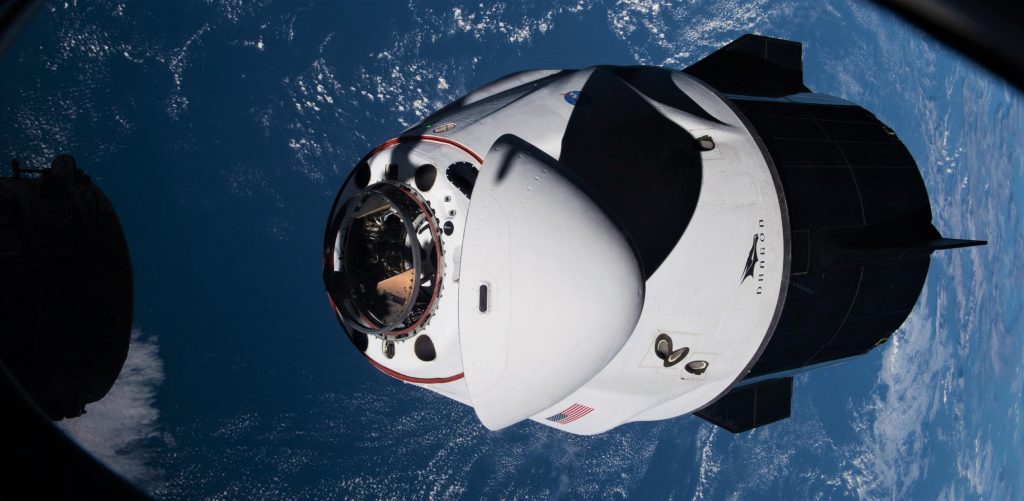
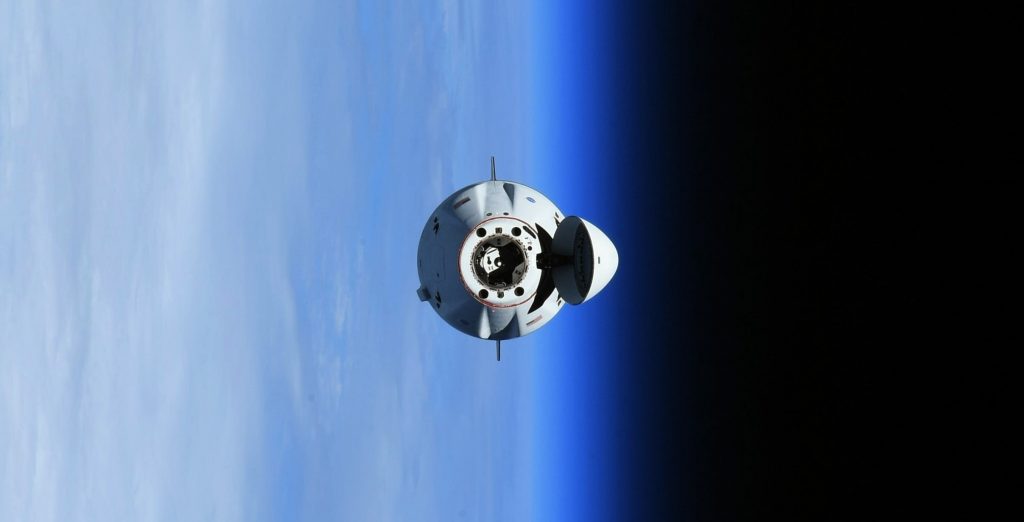
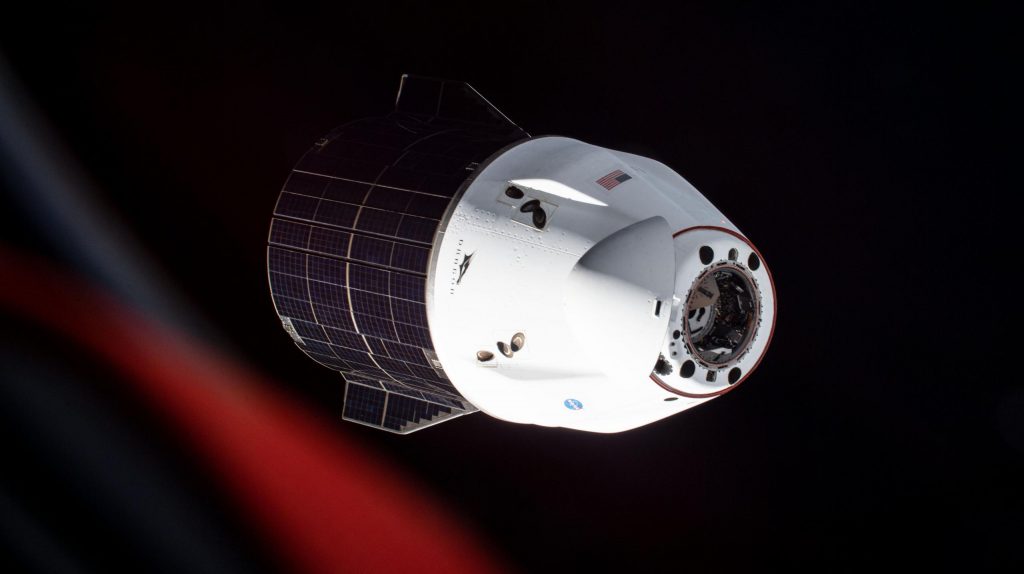
On the uncrewed side of things, Walker also revealed that SpaceX will debut at least one more new Cargo Dragon 2 spacecraft in 2022, raising the company’s uncrewed Dragon fleet to four capsules strong. As long as the ISS remains operational, SpaceX will likely continue to deliver cargo biannually, requiring around 12-18 more Cargo Dragon launches between now and 2030. It’s possible that Starship will quickly replace Dragon as soon as it’s operational and NASA-certified for routine crew and cargo missions, but that milestone is several years away at best, likely ensuring that Dragon will continue to operate for at least the next 5-10 years.
In the meantime, SpaceX’s fleet of reusable Dragon spacecraft looks set to almost double from four to seven capsules by Q4 2022.

News
Tesla Full Self-Driving shows confident navigation in heavy snow
So far, from what we’ve seen, snow has not been a huge issue for the most recent Full Self-Driving release. It seems to be acting confidently and handling even snow-covered roads with relative ease.

Tesla Full Self-Driving is getting its first taste of Winter weather for late 2025, as snow is starting to fall all across the United States.
The suite has been vastly improved after Tesla released v14 to many owners with capable hardware, and driving performance, along with overall behavior, has really been something to admire. This is by far the best version of FSD Tesla has ever released, and although there are a handful of regressions with each subsequent release, they are usually cleared up within a week or two.
Tesla is releasing a modified version of FSD v14 for Hardware 3 owners: here’s when
However, adverse weather conditions are something that Tesla will have to confront, as heavy rain, snow, and other interesting situations are bound to occur. In order for the vehicles to be fully autonomous, they will have to go through these scenarios safely and accurately.
One big issue I’ve had, especially in heavy rain, is that the camera vision might be obstructed, which will display messages that certain features’ performance might be degraded.
So far, from what we’ve seen, snow has not been a huge issue for the most recent Full Self-Driving release. It seems to be acting confidently and handling even snow-covered roads with relative ease:
FSD 14.1.4 snow storm Ontario Canada pic.twitter.com/jwK1dLYT0w
— Everything AI (@mrteslaspace) November 17, 2025
I found the steepest, unplowed hill in my area and tested the following:
• FSD 14.2.1 on summer tires
• FSD 14.2.1 on winter tires
• Manual drivingBut I think the most impressive part was how FSD went DOWN the hill. FSD in the snow is sublime $TSLA pic.twitter.com/YMcN7Br3PU
— Dillon Loomis (@DillonLoomis) December 2, 2025
Well.. I couldn’t let the boys have all the fun!
Threw the GoPro up and decided to FSD v14.2.1 in the snow. Roads were not compacted like the other day, a little slippery, but overall doable at lower speeds. Enjoy the video and holiday music 🎶
Liked:
Took turns super slow… pic.twitter.com/rIAIeh3Zu3— 🦋Diana🦋 (@99_Colorado) December 3, 2025
Moving into the winter months, it will be very interesting to see how FSD handles even more concerning conditions, especially with black ice, freezing rain and snow mix, and other things that happen during colder conditions.
We are excited to test it ourselves, but I am waiting for heavy snowfall to make it to Pennsylvania so I can truly push it to the limit.
News
Tesla hosts Rome Mayor for first Italian FSD Supervised road demo
The event marked the first time an Italian mayor tested the advanced driver-assistance system in person in Rome’s urban streets.

Tesla definitely seems to be actively engaging European officials on FSD’s capabilities, with the company hosting Rome Mayor Roberto Gualtieri and Mobility Assessor Eugenio Patanè for a hands-on road demonstration.
The event marked the first time an Italian mayor tested the advanced driver-assistance system in person in Rome’s urban streets. This comes amid Tesla’s push for FSD’s EU regulatory approvals in the coming year.
Rome officials experience FSD Supervised
Tesla conducted the demo using a Model 3 equipped with Full Self-Driving (Supervised), tackling typical Roman traffic including complex intersections, roundabouts, pedestrian crossings and mixed users like cars, bikes and scooters.
The system showcased AI-based assisted driving, prioritizing safety while maintaining flow. FSD also handled overtakes and lane decisions, though with constant driver supervision.
Investor Andrea Stroppa detailed the event on X, noting the system’s potential to reduce severe collision risks by up to seven times compared to traditional driving, based on Tesla’s data from billions of global fleet miles. The session highlighted FSD’s role as an assistance tool in its Supervised form, not a replacement, with the driver fully responsible at all times.
Path to European rollout
Tesla has logged over 1 million kilometers of testing across 17 European countries, including Italy, to refine FSD for local conditions. The fact that Rome officials personally tested FSD Supervised bodes well for the program’s approval, as it suggests that key individuals are closely watching Tesla’s efforts and innovations.
Assessor Patanè also highlighted the administration’s interest in technologies that boost road safety and urban travel quality, viewing them as aids for both private and public transport while respecting rules.
Replies on X urged involving Italy’s Transport Ministry to speed approvals, with one user noting, “Great idea to involve the mayor! It would be necessary to involve components of the Ministry of Transport and the government as soon as possible: it’s they who can accelerate the approval of FSD in Italy.”
News
Tesla FSD (Supervised) blows away French journalist after test ride
Cadot described FSD as “mind-blowing,” both for the safety of the vehicle’s driving and the “humanity” of its driving behaviors.

Tesla’s Full Self-Driving (Supervised) seems to be making waves in Europe, with French tech journalist Julien Cadot recently sharing a positive first-hand experience from a supervised test drive in France.
Cadot, who tested the system for Numerama after eight years of anticipation since early Autopilot trials, described FSD as “mind-blowing,” both for the safety of the vehicle’s driving and the “humanity” of its driving behaviors.
Julien Cadot’s FSD test in France
Cadot announced his upcoming test on X, writing in French: “I’m going to test Tesla’s FSD for Numerama in France. 8 years I’ve been waiting to relive the sensations of our very first contact with the unbridled Autopilot of the 2016s.” He followed up shortly after with an initial reaction, writing: “I don’t want to spoil too much because as media we were allowed to film everything and I have a huge video coming… But: it’s mind-blowing! Both for safety and for the ‘humanity’ of the choices.”
His later posts detailed FSD’s specific maneuvers that he found particularly compelling. These include the vehicle safely overtaking a delivery truck by inches, something Cadot said he personally would avoid to protect his rims, but FSD handled flawlessly. He also praised FSD’s cyclist overtakes, as the system always maintained the required 1.5-meter distance by encroaching on the opposite lane when clear. Ultimately, Cadot noted FSD’s decision-making prioritized safety and advancement, which is pretty remarkable.
FSD’s ‘human’ edge over Autopilot
When asked if FSD felt light-years ahead of standard Autopilot, Cadot replied: “It’s incomparable, it’s not the same language.” He elaborated on scenarios like bypassing a parked delivery truck across a solid white line, where FSD assessed safety and proceeded just as a human driver might, rather than halting indefinitely. This “humanity” impressed Cadot the most, as it allowed FSD to fluidly navigate real-world chaos like urban Paris traffic.
Tesla is currently hard at work pushing for the rollout of FSD to several European countries. Recent reports have revealed that Tesla has received approval to operate 19 FSD test vehicles on Spain’s roads, though this number could increase as the program develops. As per the Dirección General de Tráfico (DGT), Tesla would be able to operate its FSD fleet on any national route across Spain. Recent job openings also hint at Tesla starting FSD tests in Austria. Apart from this, the company is also holding FSD demonstrations in Germany, France, and Italy.








